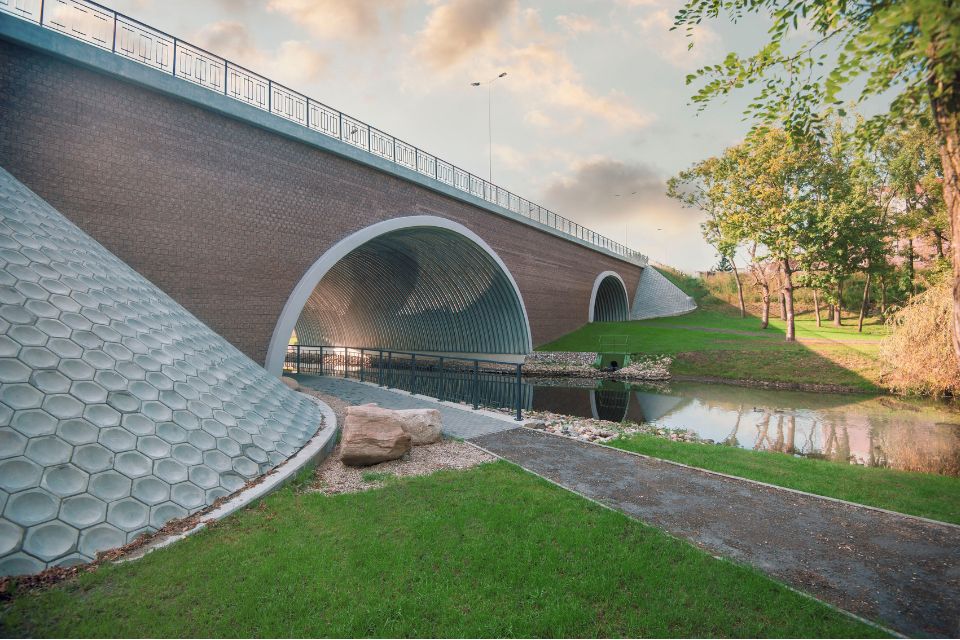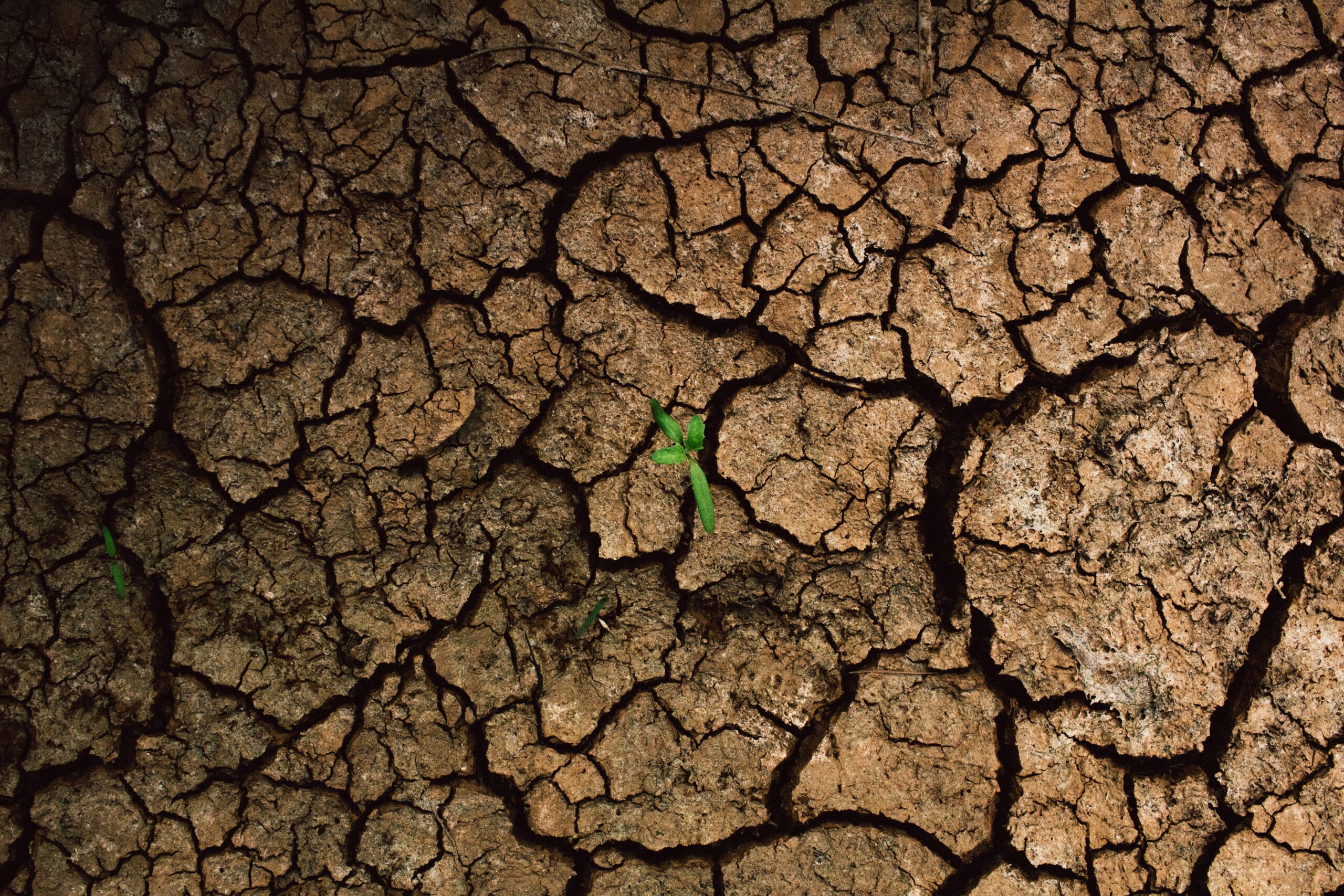Drought and desertification are no longer distant environmental threats; they are rapidly escalating crises affecting millions worldwide. As global temperatures rise and rainfall patterns become increasingly erratic due to climate change, arid and semi-arid regions are expanding. Agriculture suffers, livelihoods are lost, and ecosystems are pushed to the brink. But despite the daunting nature of these challenges, infrastructure solutions—especially rainwater harvesting systems, fire solutions, and water tank technologies—offer practical, scalable strategies for adaptation and resilience.
The Growing Threat of Drought and Desertification
Droughts are prolonged periods of deficient rainfall that lead to water scarcity, crop failures, and environmental degradation. Desertification, on the other hand, refers to the degradation of land in arid, semi-arid, and dry sub-humid regions, primarily due to human activities and climatic variations. The two are closely linked: drought can accelerate desertification, and once land becomes desertified, it is far less able to retain moisture or support vegetation, increasing vulnerability to further drought.
According to the United Nations Convention to Combat Desertification (UNCCD), more than two billion people live in dry areas susceptible to desertification. An estimated 24 billion tons of fertile soil are lost annually due to unsustainable land use and climate pressures. Sub-Saharan Africa, the Middle East, parts of Asia, and even regions in Europe and North America are witnessing the encroachment of deserts and the drying up of vital water sources.
This growing threat has profound implications—not only for food security and public health but also for global migration and geopolitical stability. With water becoming an increasingly scarce and valuable resource, communities must turn to innovative and sustainable solutions to manage and conserve it.
Infrastructure Solutions: Underlying solutions
Technological innovations and infrastructure development offer vital tools to mitigate the effects of drought and desertification. Among these, rainwater harvesting systems and water tank technologies stand out for their simplicity, affordability, and effectiveness.
Rainwater Harvesting: Tapping into Nature’s Free Resource
Rainwater harvesting is the collection and storage of rainwater for reuse before it reaches the ground. It is an ancient practice that is regaining popularity, especially in regions grappling with water shortages.
The benefits of rainwater harvesting are significant:
- Water security: It provides an alternative water source during dry periods, reducing dependence on increasingly erratic rainfall or overburdened municipal supplies.
- Groundwater recharge: Harvested rainwater can be directed to underground aquifers, helping replenish depleting water tables.
- Soil conservation: By controlling runoff, it reduces soil erosion—a key factor in desertification.
- Cost savings: After the initial setup, rainwater harvesting systems are relatively inexpensive to maintain and can reduce water bills substantially.
Countries like India have embraced rainwater harvesting to combat chronic water shortages. In Rajasthan, the revival of traditional water-harvesting structures known as “johads” has restored ecosystems and improved agricultural productivity. Similarly, in urban areas across Australia and the United States, rooftop systems are helping reduce the strain on municipal water systems.
ViaCon has helped a number of organizations harvest rainwater for various reuse purposes – from data centre cooling to bus-fleet washing.
Water Tank Technologies: Storing for Survival
While rainwater harvesting focuses on collection, water tank technologies ensure proper storage and distribution of water. These tanks are important for water management, particularly in drought-prone areas.
Key advantages of water tank systems include:
- Resilience: In times of drought, stored water can be a lifeline for domestic use, agriculture, and livestock.
- Versatility: Tanks can be placed above or below ground, adapted to varying space and climate conditions.
- Community empowerment: Shared water tank infrastructure can improve access to clean water in rural and peri-urban areas, promoting self-sufficiency.
In regions like the Sahel in Africa, water tanks combined with small-scale irrigation systems have improved food production and reduced vulnerability to drought. In Kenya and Ethiopia, NGOs and governments are investing in water tank infrastructure in schools and health clinics to ensure consistent access to water even during dry spells.
Looking Ahead: A Blueprint for Water Resilience
As the climate crisis deepens, drought and desertification will continue to put water resources under greater stress. However, the tools to address them are already within reach. By investing in scalable, cost-effective infrastructure solutions like rainwater harvesting and water tanks, communities can build resilience against environmental shocks and ensure a more secure future.
But time is of the essence. Governments, civil society, and individuals must act swiftly to deploy these solutions, restore degraded landscapes, and reimagine water management for the 21st century.
Learn more about ViaCon’s stormwater solutions.

